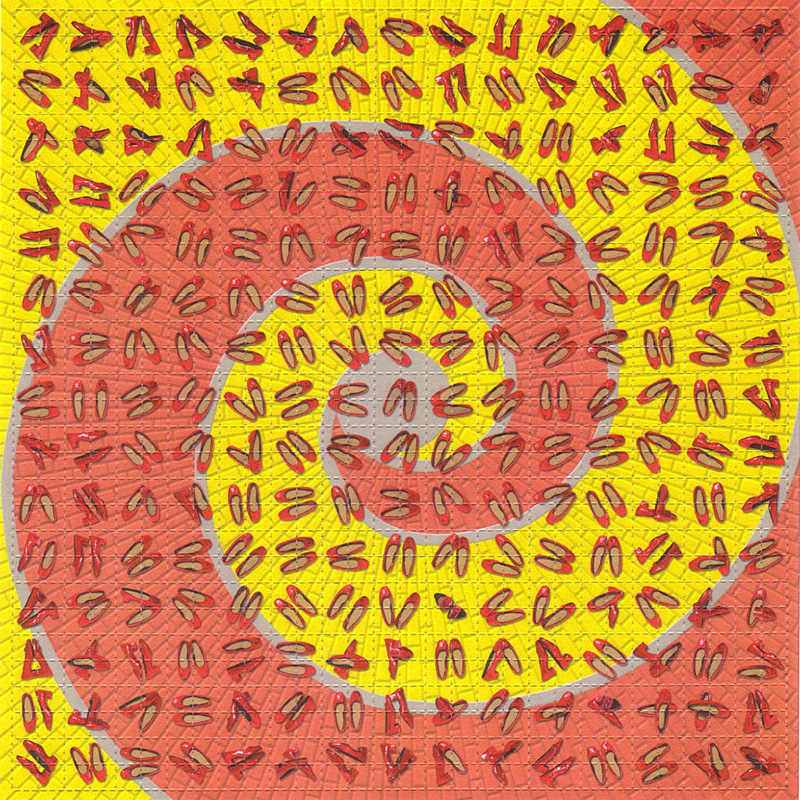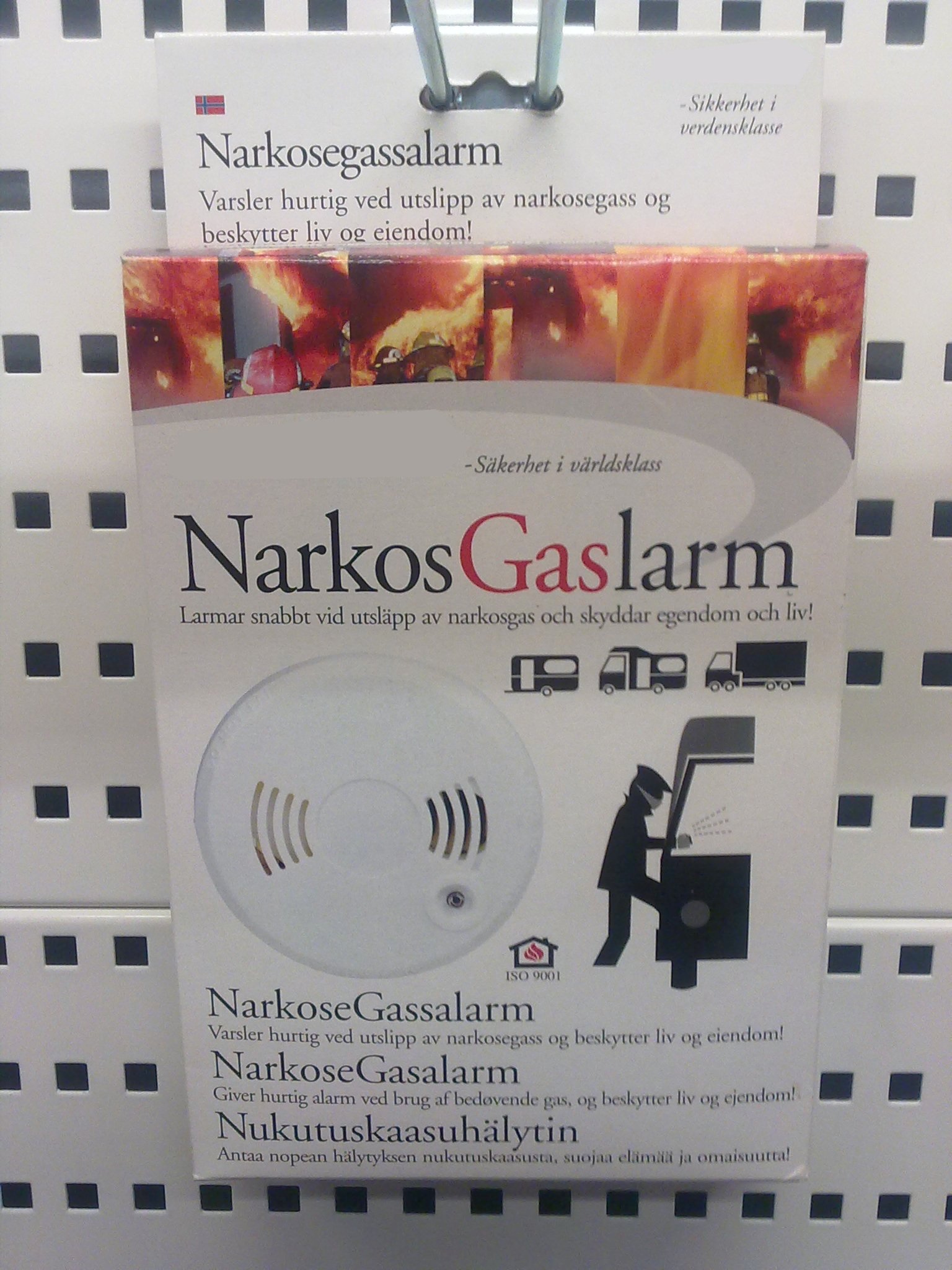|
Benzilic Acid
Benzilic acid is an organic compound with formula or ()2(HO)C(COOH). It is a white crystalline aromatic acid, soluble in many primary alcohols. Preparation Benzilic acid can be prepared by a heating mixture of benzil, ethanol, and potassium hydroxide. Another preparation, performed by Liebig in 1838, is the dimerization of benzaldehyde, to benzil, which is transformed to the product by the benzilic acid rearrangement reaction. Uses Benzilic acid is used in the manufacture of glycollate pharmaceuticals including clidinium, dilantin, flutropium, and mepenzolate which are antagonists of the muscarinic acetylcholine receptors. It is used in manufacture of the incapacitating agent 3-quinuclidinyl benzilate (BZ) which is regulated by the Chemical Weapons Convention. It is also monitored by law enforcement agencies of many countries, because of its use in the manufacture in hallucinogenic drug Hallucinogens are a large, diverse class of psychoactive drugs that can produc ... [...More Info...] [...Related Items...] OR: [Wikipedia] [Google] [Baidu] |
Royal Society Of Chemistry
The Royal Society of Chemistry (RSC) is a learned society (professional association) in the United Kingdom with the goal of "advancing the chemistry, chemical sciences". It was formed in 1980 from the amalgamation of the Chemical Society, the Royal Institute of Chemistry, the Faraday Society, and the Society for Analytical Chemistry with a new Royal Charter and the dual role of learned society and professional body. At its inception, the Society had a combined membership of 34,000 in the UK and a further 8,000 abroad. The headquarters of the Society are at Burlington House, Piccadilly, London. It also has offices in Thomas Graham House in Cambridge (named after Thomas Graham (chemist), Thomas Graham, the first president of the Chemical Society) where ''RSC Publishing'' is based. The Society has offices in the United States, on the campuses of The University of Pennsylvania and Drexel University, at the University City Science Center in Philadelphia, Pennsylvania, in both Beijing a ... [...More Info...] [...Related Items...] OR: [Wikipedia] [Google] [Baidu] |
Clidinium
Clidinium bromide (INN) is an anticholinergic (specifically a muscarinic antagonist) drug. It may help symptoms of cramping and abdominal/stomach pain by decreasing stomach acid, and slowing the intestines. It is commonly prescribed in combination with chlordiazepoxide (a benzodiazepine derivative) using the brand name Normaxin. Uses Peptic ulcer disease Used in fixed combination with chlordiazepoxide as adjunctive therapy in the treatment of peptic ulcer disease; however, no conclusive data that antimuscarinics aid in the healing, decrease the rate of recurrence, or prevent complications of peptic ulcers. With the advent of more effective therapies for the treatment of peptic ulcer disease, antimuscarinics have only limited usefulness in this condition. GI motility disturbances Used in fixed combination with chlordiazepoxide in the treatment of functional GI motility disturbances (e.g., irritable bowel syndrome). Has limited efficacy in treatment of GI motility disturb ... [...More Info...] [...Related Items...] OR: [Wikipedia] [Google] [Baidu] |
Hallucinogenic Drug
Hallucinogens are a large, diverse class of psychoactive drugs that can produce altered states of consciousness characterized by major alterations in thought, mood, and perception as well as other changes. Most hallucinogens can be categorized as either being psychedelics, dissociatives, or deliriants. However, certain hallucinogens such as Fly agaric as well as other gabaergic hallucinogenics are more often considered to technically be hypnotics, therefore indicating another separate subcategory of drugs which can substantially alter visual perception. Etymology The word ''hallucinogen'' is derived from the word ''hallucination''. The term ''hallucinate'' dates back to around 1595–1605, and is derived from the Latin ''hallūcinātus'', the past participle of ''(h)allūcināri'', meaning "to wander in the mind." Characteristics Leo Hollister gave five criteria for classifying a drug as hallucinogenic.Glennon RA. Classical drugs: an introductory overview. In Lin GC and Glen ... [...More Info...] [...Related Items...] OR: [Wikipedia] [Google] [Baidu] |
Chemical Weapons Convention
The Chemical Weapons Convention (CWC), officially the Convention on the Prohibition of the Development, Production, Stockpiling and Use of Chemical Weapons and on their Destruction, is an arms control treaty administered by the Organisation for the Prohibition of Chemical Weapons (OPCW), an intergovernmental organization based in The Hague, The Netherlands. The treaty entered into force on 29 April 1997, and prohibits the large-scale use, development, production, stockpiling and transfer of chemical weapons and their precursors, except for very limited purposes (research, medical, pharmaceutical or protective). The main obligation of member states under the convention is to effect this prohibition, as well as the destruction of all current chemical weapons. All destruction activities must take place under OPCW verification. As of August 2022, 193 states have become parties to the CWC and accept its obligations. Israel has signed but not ratified the agreement, while three other U ... [...More Info...] [...Related Items...] OR: [Wikipedia] [Google] [Baidu] |
3-quinuclidinyl Benzilate
3-Quinuclidinyl benzilate (QNB) (IUPAC name 1-azabicyclo .2.2ctan-3-yl hydroxy(diphenyl)acetate; US Army code EA-2277; NATO code BZ; Soviet code Substance 78) is an odorless and bitter-tasting military incapacitating agent.QNB: Incapacitating AgentEmergency Response Safety and Health Database National Institute for Occupational Safety and Health. Accessed April 20, 2009. BZ is an antagonist of muscarinic acetylcholine receptors whose structure is the ester of benzilic acid with an alcohol derived from quinuclidine. Physiochemical characteristics BZ is a white crystalline powder with a bitter taste. It is odorless and nonirritating with delayed symptoms several hours after contact. It is stable in most solvents, with a half-life of three to four weeks in moist air; even heat-producing munitions can disperse it. It is extremely persistent in soil and water and on most surfaces. BZ is soluble in water, soluble in dilute acids, trichloroethylene, dimethylformamide, and most organic so ... [...More Info...] [...Related Items...] OR: [Wikipedia] [Google] [Baidu] |
Incapacitating Agent
The term incapacitating agent is defined by the United States Department of Defense as: :"An agent that produces temporary physiological or mental effects, or both, which will render individuals incapable of concerted effort in the performance of their assigned duties." It describes an agent which renders a person unable to harm themselves or others, regardless of consciousness. Lethal agents are primarily intended to kill, but incapacitating agents can also kill if administered in a potent enough dose, or in certain scenarios. The term "incapacitation," when used in a general sense, is not equivalent to the term "disability" as used in occupational medicine and denotes the inability to perform a task because of a quantifiable physical or mental impairment. In this sense, any of the chemical warfare agents may incapacitate a victim; however, by the military definition of this type of agent, incapacitation refers to impairments that are temporary and nonlethal. Thus, riot-contr ... [...More Info...] [...Related Items...] OR: [Wikipedia] [Google] [Baidu] |
Muscarinic Acetylcholine Receptor
Muscarinic acetylcholine receptors, or mAChRs, are acetylcholine receptors that form G protein-coupled receptor complexes in the cell membranes of certain neurons and other cells. They play several roles, including acting as the main end-receptor stimulated by acetylcholine released from postganglionic fibers in the parasympathetic nervous system. Muscarinic receptors are so named because they are more sensitive to muscarine than to nicotine. Their counterparts are nicotinic acetylcholine receptors (nAChRs), receptor ion channels that are also important in the autonomic nervous system. Many drugs and other substances (for example pilocarpine and scopolamine) manipulate these two distinct receptors by acting as selective agonists or antagonists. Function Acetylcholine (ACh) is a neurotransmitter found in the brain, neuromuscular junctions and the autonomic ganglia. Muscarinic receptors are used in the following roles: Recovery receptors ACh is always used as the neur ... [...More Info...] [...Related Items...] OR: [Wikipedia] [Google] [Baidu] |
Receptor Antagonist
A receptor antagonist is a type of receptor ligand or drug that blocks or dampens a biological response by binding to and blocking a receptor rather than activating it like an agonist. Antagonist drugs interfere in the natural operation of receptor proteins.Pharmacology Guide: In vitro pharmacology: concentration-response curves " '' GlaxoWellcome.'' Retrieved on December 6, 2007. They are sometimes called blockers; examples include alpha blockers, |
Mepenzolate
Mepenzolate is an antimuscarinic A muscarinic receptor antagonist (MRA) is a type of anticholinergic agent that blocks the activity of the muscarinic acetylcholine receptor. The muscarinic receptor is a protein involved in the transmission of signals through certain parts of the .... References Muscarinic antagonists Quaternary ammonium compounds Piperidines Tertiary alcohols {{gastrointestinal-drug-stub ... [...More Info...] [...Related Items...] OR: [Wikipedia] [Google] [Baidu] |
Dilantin
Phenytoin (PHT), sold under the brand name Dilantin among others, is an anti-seizure medication. It is useful for the prevention of tonic-clonic seizures (also known as grand mal seizures) and focal seizures, but not absence seizures. The intravenous form, fosphenytoin, is used for status epilepticus that does not improve with benzodiazepines. It may also be used for certain heart arrhythmias or neuropathic pain. It can be taken intravenously or by mouth. The intravenous form generally begins working within 30 minutes and is effective for roughly 24 hours. Blood levels can be measured to determine the proper dose. Common side effects include nausea, stomach pain, loss of appetite, poor coordination, increased hair growth, and enlargement of the gums. Potentially serious side effects include sleepiness, self harm, liver problems, bone marrow suppression, low blood pressure, and toxic epidermal necrolysis. There is evidence that use during pregnancy results in abnormalities ... [...More Info...] [...Related Items...] OR: [Wikipedia] [Google] [Baidu] |
Glycollate
Glycolic acid (or hydroxyacetic acid; chemical formula HOCH2CO2H) is a colorless, odorless and hygroscopic crystalline solid, highly soluble in water. It is used in various skin-care products. Glycolic acid is widespread in nature. A glycolate (sometimes spelled "glycollate") is a salt or ester of glycolic acid. History The name "glycolic acid" was coined in 1848 by French chemist Auguste Laurent (1807–1853). He proposed that the amino acid glycine—which was then called ''glycocolle''—might be the amine of a hypothetical acid, which he called "glycolic acid" (''acide glycolique''). Glycolic acid was first prepared in 1851 by German chemist Adolph Strecker (1822–1871) and Russian chemist Nikolai Nikolaevich Sokolov (1826–1877). They produced it by treating hippuric acid with nitric acid and nitrogen dioxide to form an ester of benzoic acid and glycolic acid (C6H5C(=O)OCH2COOH), which they called "benzoglycolic acid" (''Benzoglykolsäure''; also benzoyl glycolic acid). ... [...More Info...] [...Related Items...] OR: [Wikipedia] [Google] [Baidu] |






